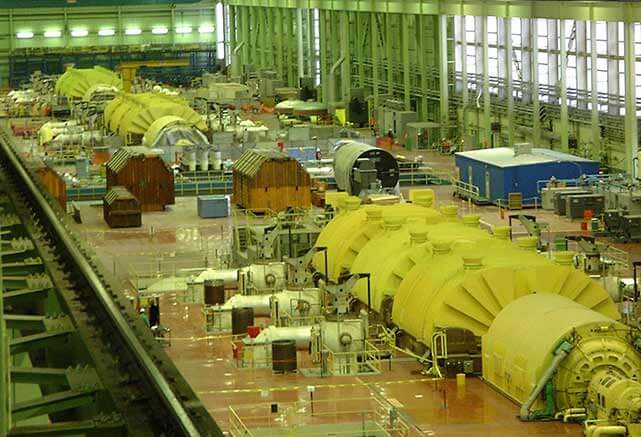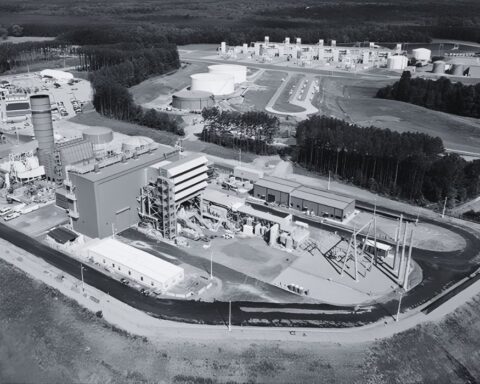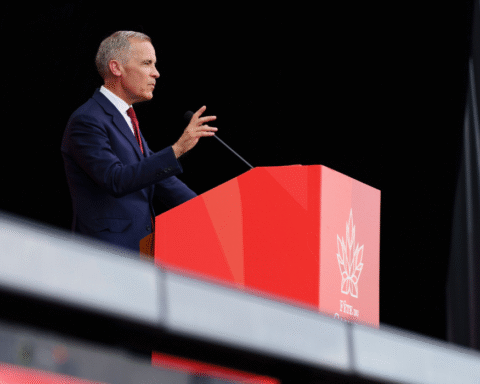Consent is important in any relationship, especially when your community is about to host a project in its backyard and when billions of ratepayer dollars are involved in secret negotiations.
In Ontario’s electricity sector two issues are demanding to be discussed. The first relates to knowing our options and their costs before choosing whether to rebuild or replace the Bruce B nuclear facility and the second is community support and participation in sustainable energy projects.
It was recently revealed that the Ontario Power Authority (OPA) and Bruce Power have been in secret negotiations since December 2013 regarding a long-term supply contract to finance the re-building of the aging Bruce B Nuclear Station reactors. A deal, that if signed, will be the largest private sector Ontario government contract ever, costing electricity consumers between $60 and $111 billion.
This is being done without the consent of Ontario’s ratepayers.
According to a Toronto Star article on November 27th the Minister of Energy, Bob Chiarelli has stated that the proposed agreement will not be sent to the Ontario Energy Board for economic analysis and public review.
This raises a lot of questions, we as ratepayers should be demanding answers to:
- Why is the Ontario Energy Board’s public review of what is best for Ontario’s energy consumers being by-passed?
- How much would the Bruce B contract cause our electricity rates to rise and when?
- Could all or some of our electricity needs be met at a lower cost, by additional investment in energy conservation and efficiency, Made-in-Ontario solar, wind, bio-energy, hydro, combined heat and power and energy storage, and waterpower imports from Quebec?
Before giving our consent we need to understand our options, which brings me to green energy and community.
Across Ontario a quiet revolution has been going on thanks to the Green Energy Act and its Feed-in tariff (FIT) programs. Ontarians are increasingly becoming proponents independently or collaboratively through community participation in co-operatives, aboriginal and municipal renewable energy projects.
According to the OPA’s 2013 Annual Report 18% of Ontario’s wind and solar facilities are now community owned, up from less then 1% prior to 2008.
Community participation and local investment in renewable projects is important because local jobs and economic development returns are substantially higher when energy projects have significant local investment. According to the recent Advantage Local report by the Institute for Local Self Reliance it creates on average twice as many jobs as absentee-owned projects and increases the total local economic value by 50% to 240%!
The same report finds that local economic self-interest builds political support by as much as 77%.
The Long Term Energy Plan notes that, “Development of wind power in Ontario has created opportunities for landowners, local community co-operatives, Aboriginal communities and municipalities to partner with wind project developers, or lead their own wind projects, which ensures that the benefits of the project remain in the local community.”
This did not happen by accident. It was an explicit design characteristic of the Green Energy Act and FIT programs.
But everything is about to change if proposed new Large Renewable Procurement (LRP) rules are finalized reducing community’s role. Under the new structure a narrowly defined and tightly prescribed “community engagement” process will be used to demonstrate to the OPA that the developer has made all reasonable efforts to achieve the municipalities’ and neighbours’ consent. But a lack of consent does not mean a project won’t proceed, only that it receives less priority.
The current draft rules do not require the proponent to partner with a municipality, co-op or aboriginal community, a best practice used in Quebec and Nova Scotia. There is not even an incentive for developers to allow for economic participation of municipalities or co-ops through the rated criteria, unlike the past proven FIT practices. This is only foreseen for aboriginal communities.
We all know acting without consent is wrong. Knowing our options, public review and ensuring local support, participation and benefit makes sense.
Hopefully our political leadership has learned from the successful phase out of coal and the gas plant fiasco what happens when the benefit of public consent. Minister Chiarelli, will you engage Ontarians in shaping their energy future, or impose it on them?
Kristopher Stevens is the executive director of Ontario Sustainable Energy Association.







